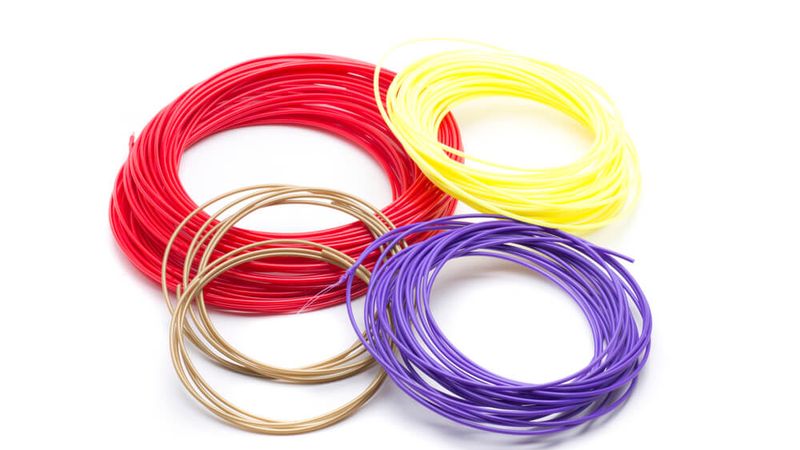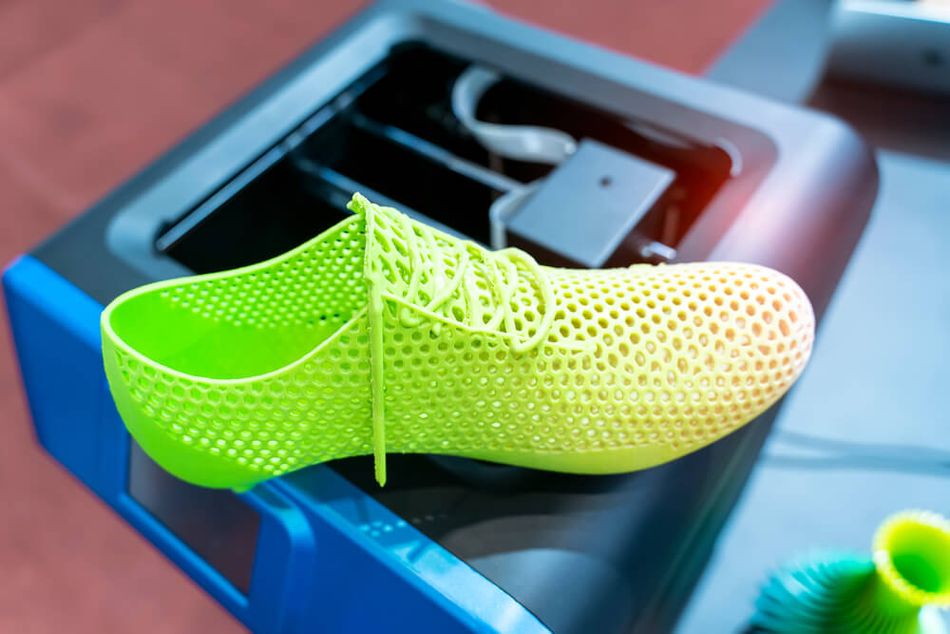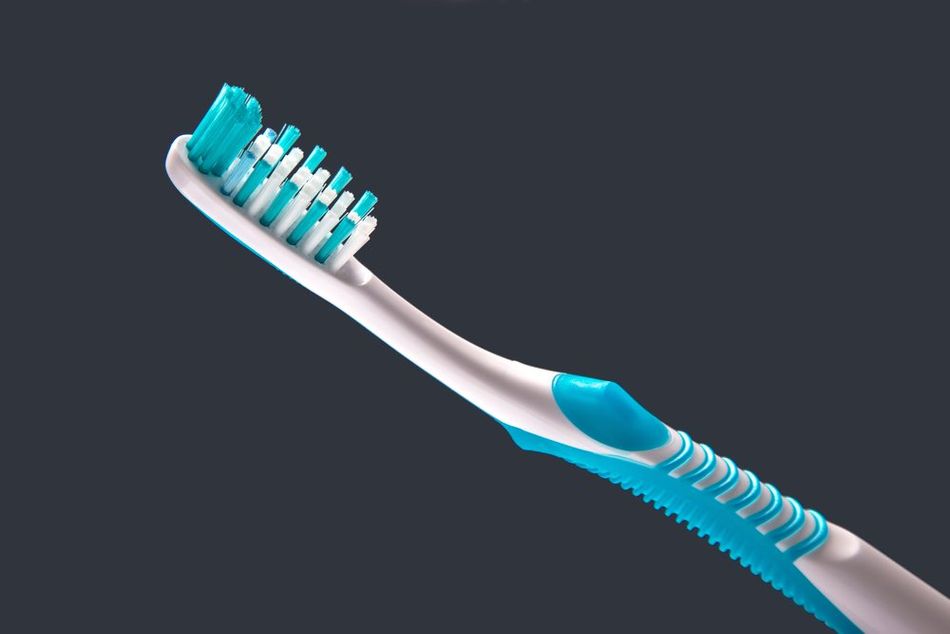TPU vs PLA: Choosing Between Flexible and Rigid Filament for 3D Printing
FDM 3D printer users who want more elasticity from their prints often turn to TPU filament, a flexible alternative to PLA with numerous benefits. But what else should you consider when looking at TPU vs PLA?

TPU vs PLA comes down to what kind of printed parts you need
The difference between rigid and flexible parts is significant. Imagine if the caster wheels on your office chair were rigid and brittle, or if your wrench was made of rubber: you’d have scratched floors, and you’d never be able to loosen a nut from its bolt. The objects simply wouldn’t perform as they’re supposed to.
Fortunately, FDM 3D printing accommodates the printing of both rigid and flexible parts. For rigid parts, the most common entry-level material is PLA, a low-cost and versatile thermoplastic with good strength. And there are plenty of other options too: POM and PVC are both great for rigid 3D printed parts, while ABS is solid but with a touch more flexibility than PLA.
When printing flexible parts using an FDM 3D printer, the options are more limited, but you can still achieve excellent results. One of the best flexible filaments is TPU, a material from the TPE family with good durability, excellent abrasion resistance, and a high level of flexibility. TPU is harder to print than PLA but easier than other flexible materials.
In some cases, the choice of TPU vs PLA is clear and obvious: if flexibility is what you need, TPU is the way to go. In other situations, however, it can be a more difficult decision. This article looks at TPU vs PLA in terms of the respective material characteristics of the 3D printer filaments, giving tips on which to choose in certain situations.
What is PLA Filament?
Polylactic acid, abbreviated as PLA, is the most widely used 3D printing filament for the fused deposition modeling (FDM/FFF) printing process. Cheap, widespread, and biodegradable (it can be made from natural resources like corn starch or sugar cane), PLA nonetheless offers a good level of strength that is suitable for most prototyping projects.[1]
PLA’s popularity in the world of extrusion 3D printing is also helped greatly by its low printing temperature, layer adhesion, and overall printability. Compatible with extruder temperatures as low as 180 °C and not requiring a heated bed, a spool of PLA is very easy to print, even at fast printing speeds. To improve bed adhesion, the print bed surface can be lined with painter’s tape, PEI, or glue stick.[2] In general, even beginner-level hardware can process PLA without issue — something that can’t be said of engineering materials, high-performance materials, or even other common 3D printing materials like TPU.
The flip side of PLA’s printability is its low level of temperature resistance. A low melting point makes for easy printing, but it means that printed parts are prone to deformation and warping when subjected to high temperatures. Because of this, PLA is useless for end-use parts that go near heat (parts located near automotive engines, for instance). The material has other limitations too: while its rigidity can be a benefit, its brittleness makes it unsuitable for load-bearing applications.
PLA filament is widely used to make 3D printed prototypes, consumer products, biodegradable medical devices, electronics housings, and plant pots.
Recommended reading: PLA Recycling: Can PLA 3D Printer Filament be Recycled?

PLA Filament Properties
Printing temperature: 180–230 °C
Print bed temperature: Unheated or 60–80 °C
Tensile strength: 50 MPa
Low flexibility
Medium durability
What is TPU Filament?
Thermoplastic polyurethane, known as TPU, is a flexible material that is part of the thermoplastic elastomer (TPE) family. Less elastic than other TPEs, TPU is highly durable, strong, and easier to extrude than other flexible filaments.
TPU behaves partly like plastic, partly like rubber, and there’s a good reason for this: the material is a block copolymer with alternating sequences of isocyanates (hard) and reacted polyol (soft). The ratio between these hard and soft segments can be altered by the material manufacturer, and this ratio ultimately determines the Shore hardness of the TPU.[3] Some applications demand a softer TPU material (i.e. 60A), while others are better with a firmer one (i.e. 95A).
Although TPU is not the only flexible filament for FDM 3D printing, it is part of a small group. It also has very good abrasion resistance, chemical resistance (oil and grease), and fairly high shear strength. It is quite difficult to print (low print speeds are required) but still easier than other TPEs and exhibits a low level of shrinkage. It requires PEI or painter’s tape applied to the build surface.
Note that in other manufacturing processes (injection molding and stereolithography, for example) flexible parts are often made using thermosets: polymers that are liquid at room temperature and cured to become solid, after which they cannot be returned to their liquid state. There are plenty of flexible thermosetting materials, but these are incompatible with extrusion 3D printers since they cannot be melted and reformed. TPU is special because, although it is a thermoplastic, it offers material properties comparable to elastic thermosets.
TPU filament is often used to make parts like caster wheels, phone cases, vibration dampeners, wearables, gel shoe orthotics, and soft-grip handles. Highly elastic TPU formulations can be used for items like gaskets and tubing.[4]
Recommended reading: What is TPU Material in 3D printing: material properties, applications, and technologies

TPU Filament Properties
Printing temperature: 225–235 °C
Print bed temperature: Unheated
Tensile strength: 20–55 MPa
High flexibility
Medium durability
Shore hardness range: 60A–95A
TPU vs PLA: Which One to Choose?
When faced with the choice of TPU vs PLA, 3D printer users are confronted with one obvious fact: TPU is a flexible filament, while PLA is a very rigid one. But there are other factors to consider too.
Flexibility and rigidity are the main differentiating factors between TPU and PLA, so we’ll start our comparison there. Having read the previous section, it should be evident that TPU is a great material for making flexible, bendy, elastic, rubbery, or squishy 3D printed parts, while PLA is not. So if you need a 3D printer filament for an item like a shock absorber, a gasket, or a protective phone case, TPU may be an excellent choice. Conversely, if you need a stiff plastic component, PLA is the better option.
Of course, you might be making parts that do not require a particularly high level or flexibility or stiffness. In that case, you might consider other important factors such as heat resistance: TPU requires a higher extruder temperature, but TPU parts consequently maintain their shape and function even at high temperatures. PLA parts, meanwhile, will begin to soften at around 60 °C so are only useful at low or normal temperatures.
Another difference between TPU and PLA is tensile strength, where PLA comes out on top. Although TPU offers better durability, polylactic acid is the stronger of the two 3D printing filaments. However, TPU prints have the upper hand when it comes to abrasion resistance.
Finally, the choice of PLA vs TPU may ultimately come down to simple factors like cost and printability. PLA wins out in both cases: TPU can be around three times more expensive than PLA on platforms like Amazon and is also more difficult to print, especially for beginners.
Combining TPU and PLA in Multi-Material Prints
TPU vs PLA can be combined in multi-material prints. This approach takes advantage of the unique properties of each material to create objects with enhanced functionality and aesthetics.
Combining the materials in this way is similar to the injection molding technique of overmolding, which typically involves making a rigid molded component, then molding a further layer of (flexible) material over the top to improve ergonomics, grip, or shock absorption.
The simplest way to combine TPU and PLA is to print separate TPU and PLA components and assemble them afterwards using adhesives, fasteners, interlocking sections, or another method.

Dual Extrusion Technology
To successfully combine TPU and PLA in a single print without further assembly, dual extrusion technology is required. Dual extrusion 3D printers have two separate print heads, each loaded with a different material. This allows the printer to switch between materials during the printing process, enabling the creation of complex multi-material objects.
When designing multi-material prints that combine TPU and PLA, you will generally need to design the part as an assembly — a set of connected components — in the CAD software, rather than a single object. Different materials can then be selected for the individual components at the slicing stage.
In this way, TPU can be used to create flexible joints or hinges within a predominantly PLA structure, for example. This can result in objects with moving parts or adjustable features. Conversely, PLA can be used to provide structural support and rigidity to a primarily TPU object, enhancing its strength.
However, a major challenge when combining TPU and PLA in a multi-material print is a lack of chemical bonding, which means the materials do not naturally stick together well. For this reason, creating a mechanically interlocking connection between the two materials can make the part more secure and useful. Researchers have also studied the best kind of surfaces for creating a bonded interface between the two materials.[5]
Fortunately, combining the two materials with a mechanical connection is easier than ever. Cura version 5.3 and beyond comes with a Generate Interlocking Structure feature that automatically creates a secure interlocking area. At the moment, printing TPU with PLA is described as "experimental."
Conclusion
PLA and TPU are two very different materials, so they are not usually considered direct alternatives to one another. However, many 3D printer users will keep a stock of rigid 3D printing filament like PLA and a stock of flexible filament like TPU, putting a range of material properties at their disposal. To conclude, here is a simple table showing when to choose PLA and when to choose TPU:
PLA is better for… | TPU is better for… |
Rigid parts | Flexible parts |
Strong parts | Durable parts |
Affordable parts | Temperature-resistant parts |
Easy-to-print parts | Abrasion-resistant parts |
Food-safe parts | Oil-resistant parts |
FAQs
What is the main difference between TPU and PLA?
TPU is a flexible, elastic, and durable material, while PLA is a rigid, biodegradable material that is easier to print with.
Can I use both TPU and PLA in the same print?
Yes, you can use both materials in the same print if your 3D printer supports multi-material printing. This allows you to take advantage of the properties of both materials in a single object.
Which material is better for prototyping and functional parts?
It depends on the requirements of the specific part. TPU is better for parts that require flexibility and durability, while PLA is more suitable for rigid parts with fine details.
Is PLA or TPU more environmentally friendly?
PLA is a biodegradable material made from renewable resources, making it more environmentally friendly than TPU. However, TPU can be more durable and long-lasting, potentially reducing waste in certain applications.
What are some common applications for TPU and PLA?
TPU is commonly used for wearable items, flexible parts, and objects that require impact resistance. PLA is often used for decorative prints, prototypes, and rigid parts with fine details.
References
[1] Humphreys R. From Corn to Poly Lactic Acid (PLA): Fermentation in Action [Internet]. Polymer Innovation Blog. Innocentrix, LLC; 2012 [cited 2022Jan3].
[2] 3D printing with PLA [Internet]. NinjaTek. 2021 [cited 2022Jan4].
[3] What is TPU? [Internet]. Lubrizol. [cited 2022Jan3].
[4] Thermoplastic polyurethanes bridge the gap between rubber and plastics [Internet]. American Chemistry Council. 2002 [cited 2022Jan4].
[5] Brancewicz-Steinmetz E, Sawicki J, Byczkowska P. The influence of 3D printing parameters on adhesion between polylactic acid (PLA) and thermoplastic polyurethane (TPU). Materials. 2021 Oct 28;14(21):6464.
